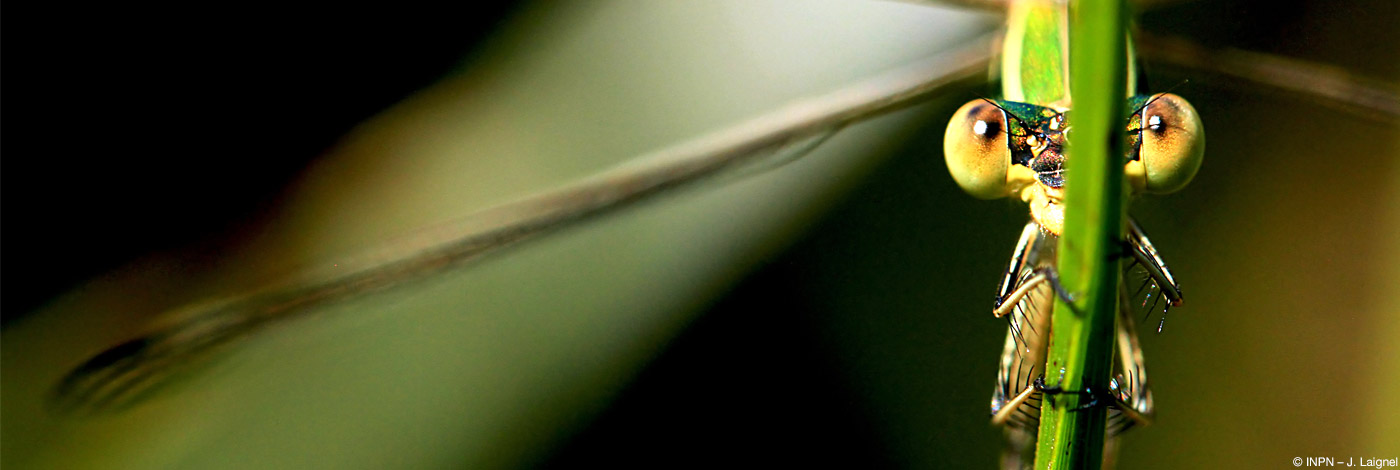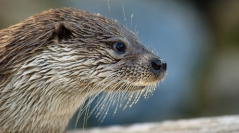

 Naturae
2018 (6) - Pages 63-71
Naturae
2018 (6) - Pages 63-71The Eurasian otter Lutra lutra (Linnaeus, 1758) experienced a dramatic decline in Europe during the 20th century, persisting only in small and spatially isolated populations. Since the 1970s and its legal protection in many regions, the species expanded in range and numbers, which stimulated scientific studies. The simultaneous development of molecular methods allowed scientists to adopt non-invasive sampling techniques for the monitoring of the species. These methods rely on the collection of cues of the species presence and neither requires to capture nor to observe the individuals. These studies improved our knowledge on the biology, population size and population dynamics of the species.The present article summarises the state of the art on otter in Europe based on recent genetic studies conducted throughout the species distribution range in France. We did not aim at an exhaustive review of studies on Eurasian otter, but rather at illustrating to what extent genetic studies contributed to our knowledge on otter biology at different temporal and spatial scales. Thus, innovative studies conducted on River otter Lontra canadensis Schreber, 1777 based on molecular methods were also included.
Genetic structure, individual identification, non invasive sampling.